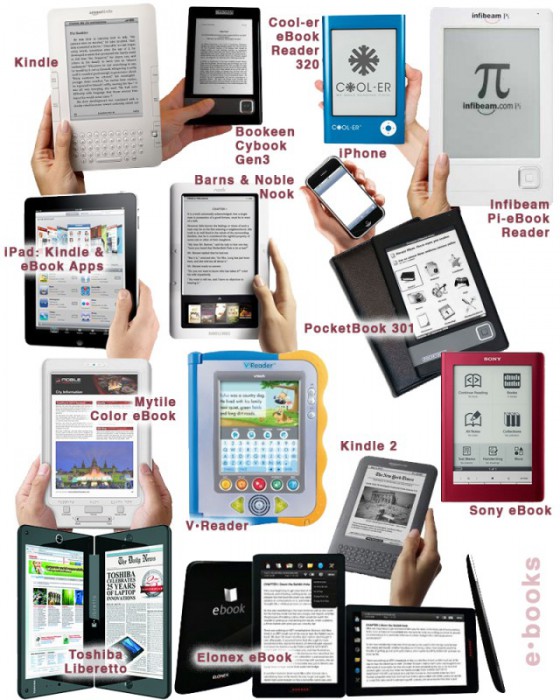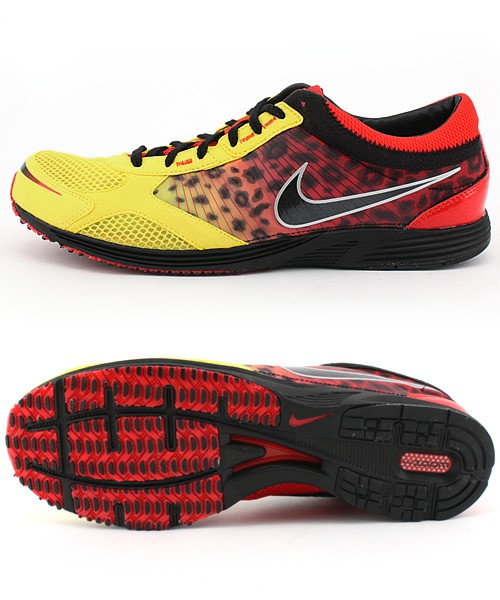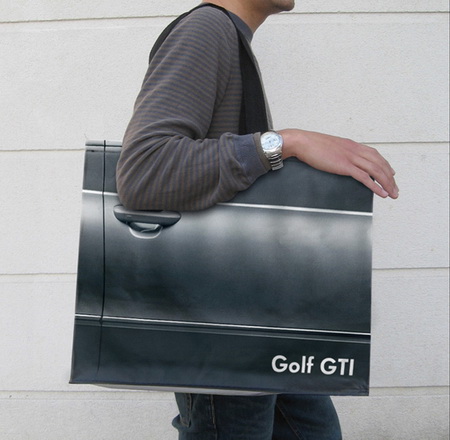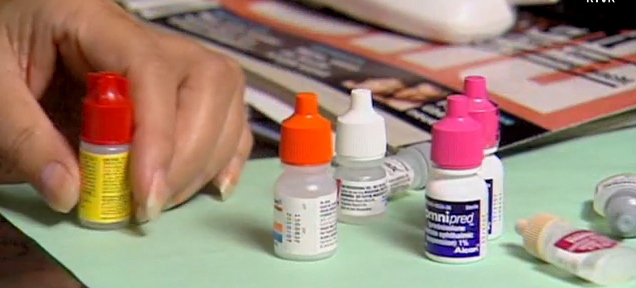Kolata, G. (September 2010). “Just Me and My Pessimism in the ‘Race of Truth’.” New York Times Online. Retrieved on 6 November 2010: http://www.nytimes.com/2010/09/21/health/nutrition/21best.html In this article the author recounts her experiences about a bike race she participated with her husband. Through the race she explains the factors that motivates people to stay with a sport, and mental strategies that would help in racing. The author and her husband signed up for a bike race without knowing what they were up to. Although their motivation was not win, they wanted to check where they stand and how well they perform. At the race they were intimidated by other racers who were part of professional teams with professional gear and equipments. So the author and her husband became anxious and thought they performed very badly in the time trial race. But when the results were announced, they were happy although they were in the bottom heap. The researchers call this phenomenon defensive pessimism—where atheletes do a social comparison with their co-participants and imagine they would perform worse if they are intimidated. But they would feel happy if they perform slightly better than a few. Research has shown that atheletes with defensive…
Ethnographic & User Data
Cognitive Blindness, Conceptual Design, Cultural Bias, Ethnographic & User Data, Featured, Flow, Interaction Design, Interface Design, Mental Model Traps, Mirroring Errors, Pipsqueak Articles, Product Design Strategy, Scaffolding, Users
Thinking About the Future of Reading
by Olga Werby •

The Taxonomy of Usefulness We are a family with two Kindles, three iPads, two iPods, and an iPhone. We also have a few thousand old-fashioned paper books stored on bookshelves in every nook and cranny of our home: bedrooms, bathrooms, kitchen, stairs, garage, closets, family room, and any other space and surface that might hold a book or two or ten. We are into reading! And we use our Kindles, iPads/Pods/Phone, and computers to read as well. And while statistically speaking, we make just four data points for four family members, I feel we have something interesting to say about using technology to read. To help me understand my own relationship with reading and technology, I’ve come up with a little Taxonomy of Usefulness. If you’ve been reading this blog (or my books and papers), you’d have noticed that I like to slice up the world into groups sorted by a set of variables that I find useful at the time. Forming categories helps me think—the Cognitive Wheel is a prime example. Taxonomy of Usefulness These variables help derive the value of the electronic reading devices. Ergonomics There are many attributes to consider when describing the ergonomics of a device,…
Contributor, Cultural Bias, Cultural Differences, Ethnographic & User Data, Language, Metaphor Mistakes, Product Design Strategy
Language and thought in user-centered design
by mabelev •
Deutscher, G. (2010). “Does language shape the way you think?” New York Times Online Edition. Retrieved on October 4, 2010. http://www.nytimes.com/2010/08/29/magazine/29language-t.html This article summarizes the history and the current status of the linguistic relativity hypothesis or the idea that “language shapes thought.” This idea comes in several different formulations. The version on which Deutscher’s review focuses is a cross-linguistic claim that speakers of different languages use different mental representations or processes as a result of having learned different languages as children. A particularly strong version of the cross-linguistic hypothesis suggests that our native language provides us with a basic toolbox of conceptual representation, so if a concept or a mode of thought is not encoded in a given language, its monolingual speakers would be incapable of thinking about such a concept or thinking in such a mode. For instance, linguistic relativity led to the prediction that people’s perception of differences in color should reflect the way their language encodes color. This prediction was spectacularly disproven by the discovery that people whose language only has two color terms in its vocabulary perceive and categorize colors similarly to speakers of English, which has 11 basic color terms, plus many non-basic ones (Berlin…
Conceptual Design, Cultural Bias, Cultural Differences, Ethnographic & User Data, Flow, Personality, Pipsqueak Articles, Product Design Strategy, Users
Branding & Emotional Design: The Culture of Sneakers
by Olga Werby •

How do we spend our money? Well, the first cut goes to survival: essential goods and services that are absolutely necessary to our survival. Food, housing, medical care are all part of the basic necessities of life. Some, of course, are more necessary than others (we might postpone going to a dentist…but not for long), but there’s a core of stuff that we need to live. The next tier up from survival is comfort. This is a very large tier—what’s comfort to some is a necessity to others and visa versa. People use their income to increase their general comfort level. This might mean a large house, more comfortable beds, larger selection of clothing. But generally, when we talk of comfort, we don’t include jet setting to Paris for a nice date out on the town. Comfort is about everyday life needs, but more comfortable. The top tier of our income is the disposable income and it is spent on luxury—the money we have left over from dealing with our needs and comforts; the money we can chose to spend in an extravagant and even wasteful manner. When economists make predictions about the average size of the available disposable income,…
Conceptual Design, Contributor, Ethnographic & User Data
Intention over Outcome
by Mallika •
BBC Staff, (2010). “Morality is modified in the lab.” BBC Online. Visited on October 02, 2010: http://news.bbc.co.uk/2/hi/health/8593748.stm. This article highlights a study that proves that human moral judgment can be modified by disrupting a specific area of the brain by applying magnetic pulses. For example, most of us would agree that it is morally unacceptable for a man to let his girlfriend walk across a bridge he knew to be unsafe. If he did not know it was unsafe, and the girlfriend did not make it safely across the bridge, we would not hold the man responsible for letting her cross the bridge. After a magnetic pulse is applied to a certain area of our brains we would think differently—Whether or not the man knew it to be unsafe, we would think it was morally acceptable for the man to let his girlfriend cross the bridge if she made it safely across. If she didn’t, we would feel it was morally unacceptable, regardless of whether or not he knew it to be unsafe. This shows how the judgment can be influenced to become outcome based rather than intention based. On Concept: If the reverse were possible, that is morally questionable…
Ethnographic & User Data, Featured, Interface Design, Pipsqueak Articles, Product Design Strategy
Emotional Design
by Olga Werby •

Product design is not just about usability. How we feel about a product makes a lot of difference. The research shows that two identical applications—with similar failure rate, but with a different take on dialogue box writing—result in very different perceptions of usability by its audience. The application with polite dialogue text always wins. Emotional design deals with how we feel about the product. Interfaces design is all about the look and feel and is responsible for a large portion of generated user emotions. Here are some examples of bag designs. If you want to encourage recycling, this is a great way of making these bags valuable—the users won’t throw them out after one use. Enjoy!
Errors, Ethnographic & User Data, Interface Design, Perception, Pipsqueak Articles, Product Design Strategy, Scaffolding, Users
Accidentally Supergluing an Eye Shut
by Olga Werby •

I hope the mere reading of the title made you queasy—it makes me shudder every time. On October 6th, CNN posted a story about a woman from Phoenix, Arizona, who accidentally put drops of super glue into her eye instead of the eye medication. She called 911, and in the emergency room the doctors had to cut open her eye and peel the hardened layer of super glue from her eye ball. If this doesn’t make you sick, then… One may ask: how stupid does one have to be to glue their eye shut? But, as with many other product-use errors, the woman made a very common mistake. The hospital wasn’t surprised—apparently these accidents happen all the time. Because of poor vision, she couldn’t distinguish between the bottles of her eye medicine and the package of super glue. Take a look at this: If you are relying purely on feel, the woman’s error no longer feels so outlandish. Here’s what she probably could see with her poor vision: And here is what we, the well-sighted, could see: So upon a close examination, the woman’s error is a natural mistake. (Yeah, I know, I know: Why would she keep the bottle…
